
Nurturing a Child’s Mental Health through Simple Mindfulness Techniques
When we think about healing, many of us focus only on our physical bodies. In reality, there is a great deal of research showing our

When we think about healing, many of us focus only on our physical bodies. In reality, there is a great deal of research showing our

Every teacher wants their students to feel emotionally supported in their classroom–when a child feels emotionally stable, they can take in and learn information. The

It’s back to school time again and most educators are acutely aware of the potential social emotional needs of students. Last school year was a
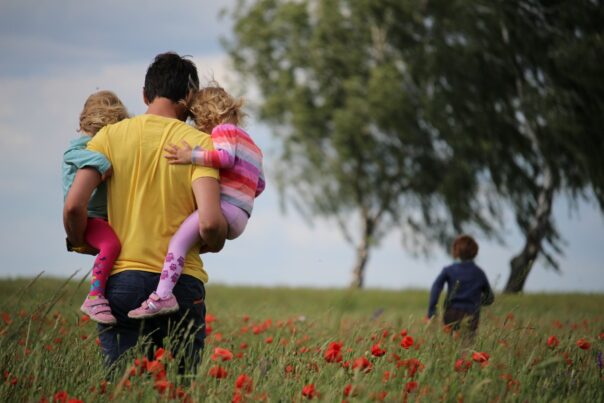
We often associate wellness with physical health. However, wellness is described by the Global Wellness Instituteas the “active pursuit of activities, choices, and lifestyles that

Is Your Child Stressed? Caught up in our own challenging day-to-day lives, we often assume our children live a relatively carefree life without stress. But
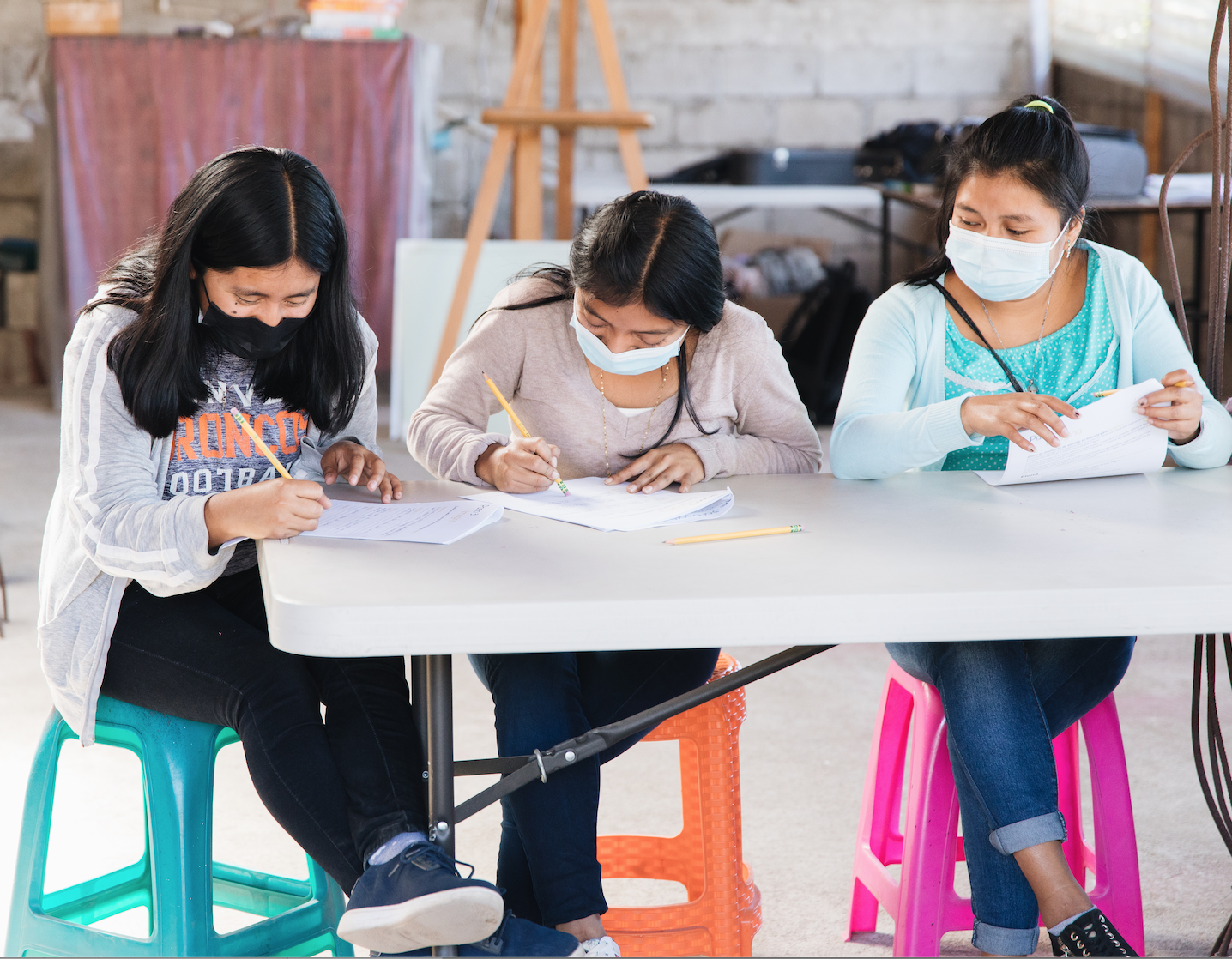
Mental health means having emotional, psychological, and social well-being; when we think, act, and feel from a balanced perspective the majority of the time. Having

Most adults and children feel anxiety at some point in their lives. Unfortunately, the incidence of anxiety has increased over the last decade, and dramatically
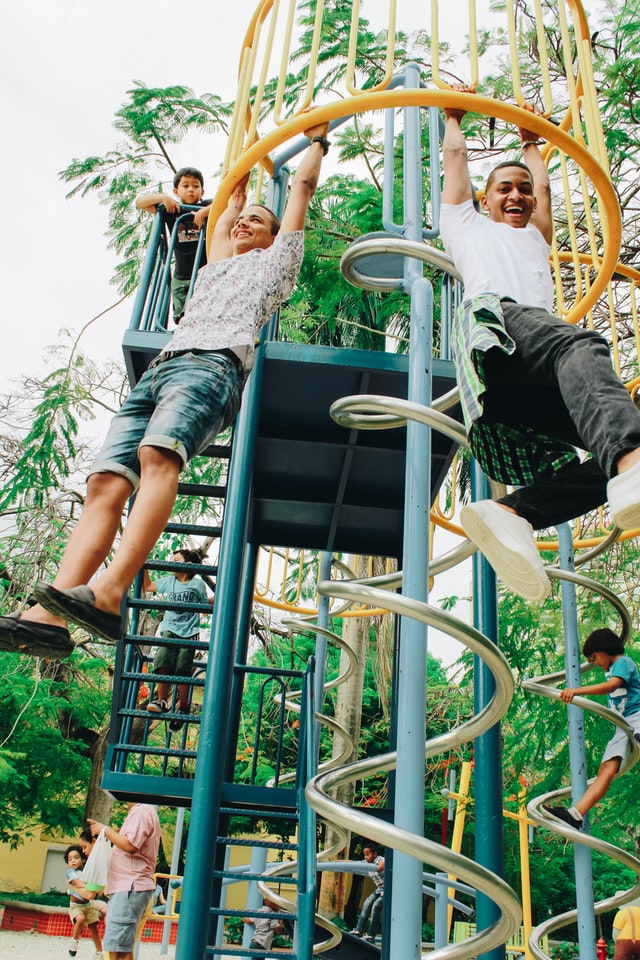
I was recently sitting and talking with a dear friend who has successfully beat cancer. As we talked she shared that she was beginning to
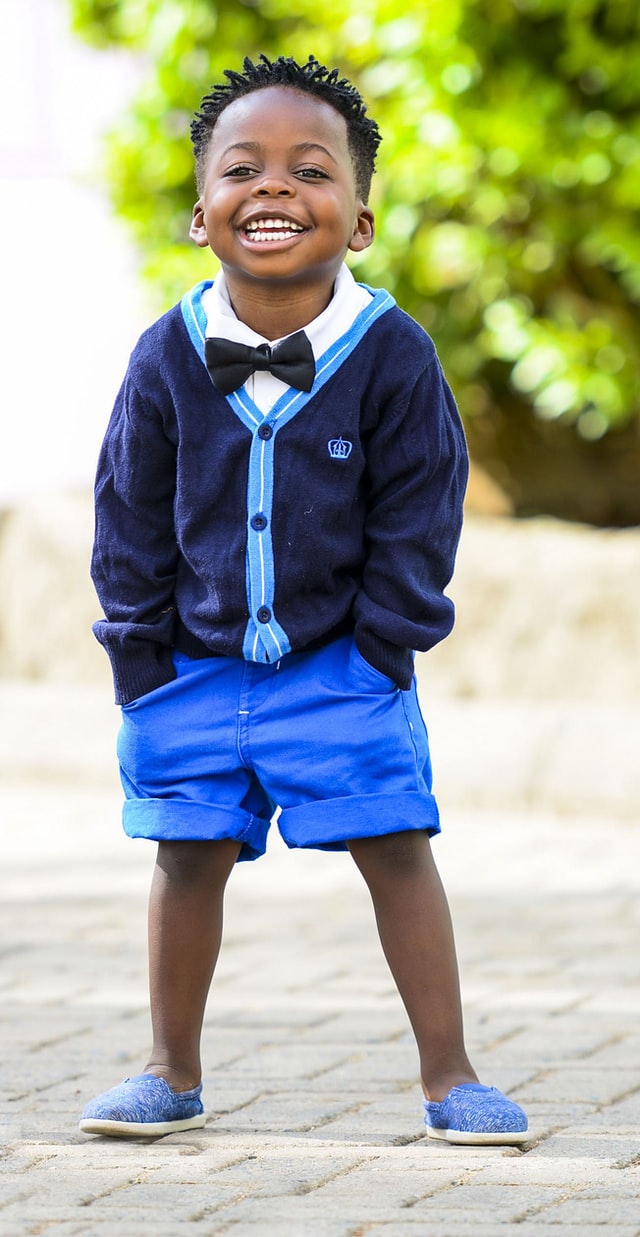
Intuition is not talked about often, but we all have it and we all feel it from time to time. Intuition is important because it’s
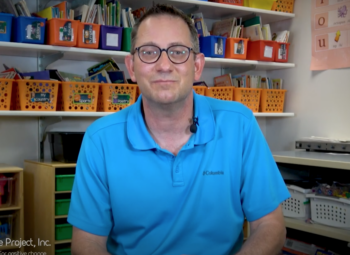
It’s back to school time 2021 style and it’s just plain stressful for students, teachers, parents, and admin. The reasons are obvious and endless. I




Join our community to get the latest tips, exclusive offers, and updates straight to your inbox. Don’t miss out—subscribe now and be the first to know!